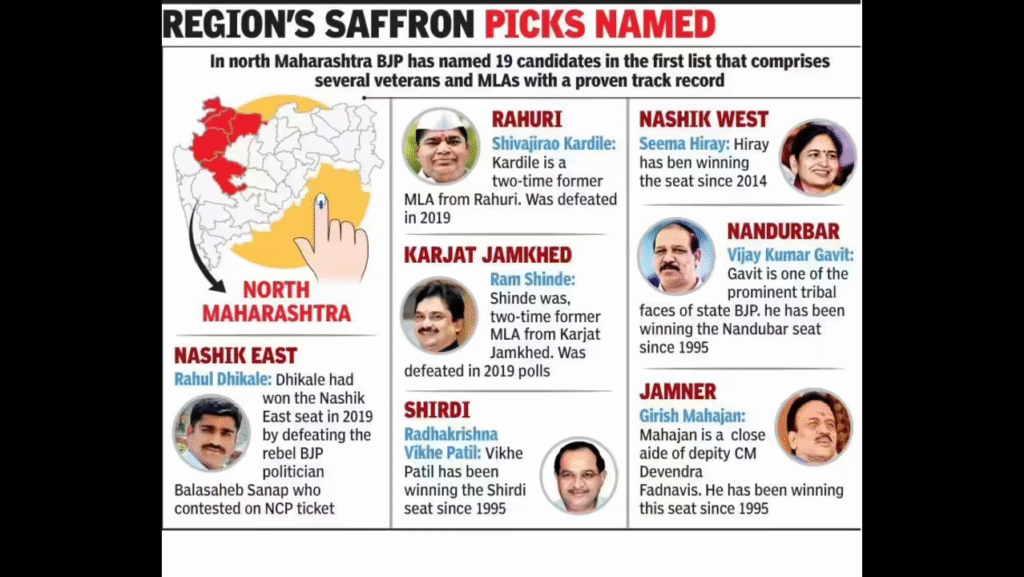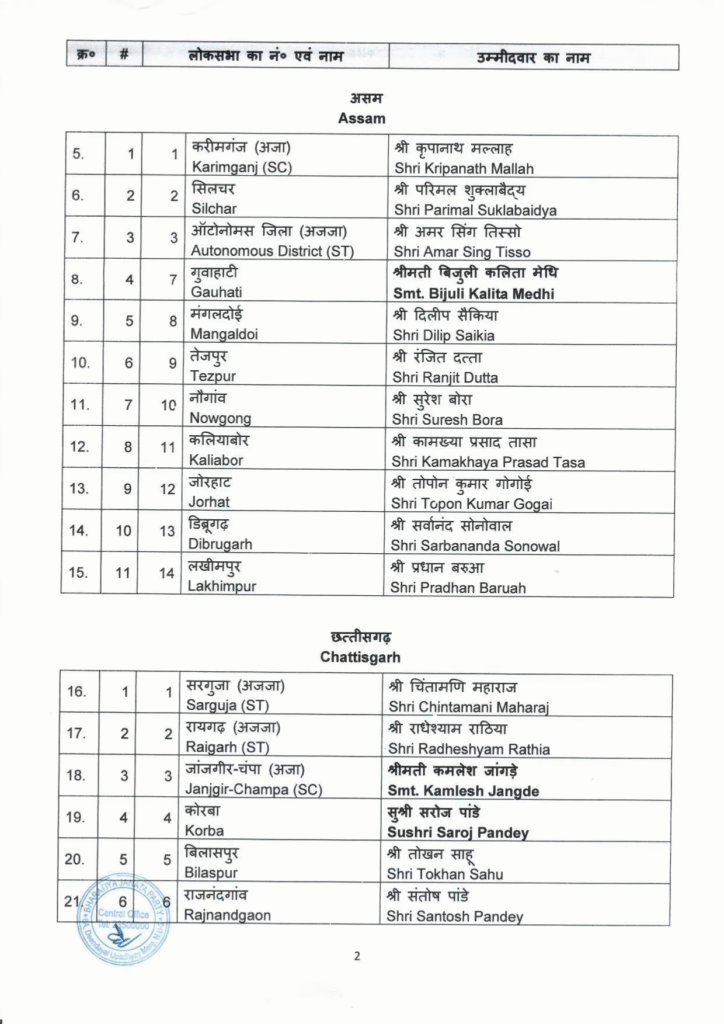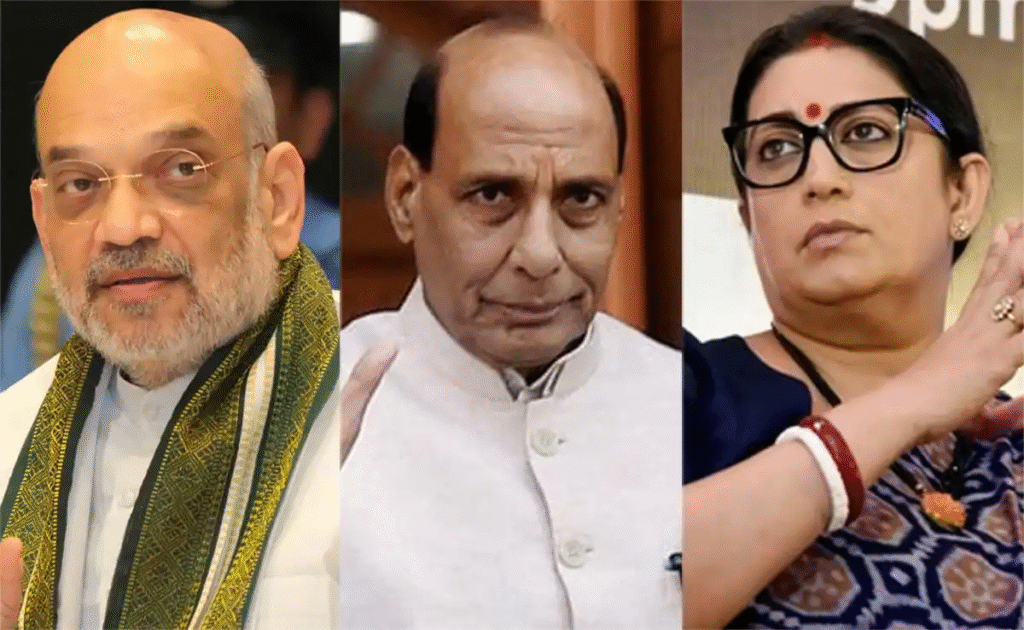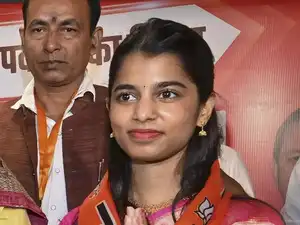BJP drops seven sitting MLAs in its final list of 30 candidates, bringing the total number of replaced legislators to 17 ahead of the upcoming elections
Patna / New Delhi: In a bold electoral recalibration ahead of the Bihar Assembly elections, the Bharatiya Janata Party (BJP) on Wednesday released its final list of 30 candidates, officially completing its roster for the 101 seats allocated to it under the NDA seat‑sharing agreement. With this final list, the party has dropped seven more sitting MLAs, pushing the total number of incumbent legislators excluded from the candidate list to 17.
This move underscores BJP’s aggressive strategy to refresh its candidature, manage internal dissent, and optimize its winnability in key constituencies. While replacing incumbents is not unusual in Indian electoral politics, the scale and timing of this reshuffle have drawn attention and speculation across party ranks, media, and local electorates.
The Final 30 & The Big Drop: What Changed

Completing the Slate
With the announcement, BJP has now declared all 30 remaining candidates, rounding out its full strength of 101 seats in Bihar it will contest under the NDA. The Economic The earlier lists had already covered 71 names; this latest tranche fills gaps and signals finality in internal negotiations.
Who Was Dropped & New Faces
The party has not only replaced incumbents but also introduced fresh faces and high-profile entrants. Among the significant changes:
- Maithili Thakur, a singer who recently joined BJP, will contest from Alinagar in place of sitting MLA Mishri Lal Yadav.
- Satish Kumar Yadav is fielded from Raghopur, taking on major opposition leaders.
- Kedar Nath Singh, previously with RJD, has been given the Baniapur seat.
- In Chhapra, incumbent C N Gupta has been left out, replaced by Chhoti Kumari.
- Gopalganj MLA Kusum Devi is replaced by Subhash Singh. The Economic Times
The 17 dropped incumbents include many who had served multiple terms, indicating BJP’s willingness to gamble on change.
Comparisons to earlier lists show a pattern: in the first list of 71 BJP announced, 11 sitting MLAs were dropped. When one considers the combined changes over all lists, the total number of incumbents denied tickets escalates to the reported 17.
Why the Shake-up? BJP’s Strategy & Rationale
Such a large-scale overhaul is rarely random. Several strategic considerations appear to be driving BJP’s decisions:

1. Winnability & Electoral Calculus
Bihar remains a tough battleground, with shifting caste equations, local grievances, and anti-incumbency trends. Replacing MLAs seen as weak performers, non-responsive to grassroots, or electorally vulnerable can help the party bolster its chances in marginal constituencies.
2. Fresh Face Appeal & Renewal Narrative
By fielding celebrities (e.g. Maithili Thakur) and defectors with reputations, BJP may be aiming to project a sense of renewal and adaptability. In competitive seats, a fresh or high-visibility candidate can energize the base and create media buzz.
3. Managing Internal Factions & Dissent
MLAs with local influence and strong organizational networks can sometimes become power centers within the party. Dropping more entrenched incumbents may help curb internal power blocs, enforce discipline, and re-align loyalties.
4. Alliance & Seat-Share Dynamics
BJP’s seat-sharing agreement with its NDA partners leaves limited flexibility. The party may need to give tickets strategically to satisfy alliance partners or to accommodate shifting political deals, necessitating sacrifices in certain constituencies.
5. Signaling to Voters & Opponents
BJP likely wants to send a message — that it is not shackled by incumbency, that performance matters, and that it will not shy away from bold moves to win.
Responses & Reactions

Within BJP Circles
Reactions in BJP ranks are expectedly mixed. Some welcomed the change as a necessary step to remain competitive. Others, especially dropped MLAs or their supporters, view it as harsh. Local party workers in affected constituencies may feel alienated or unsure whom to back.
Opposition Rejoicing
Opposition parties are likely to seize upon the narrative of internal turbulence. Taking aim at dropped incumbents, they may say BJP is unsettled, lacking confidence in its own representatives, or playing musical chairs at the last moment.
Voter Signals
Some voters might view the changes as a refreshing break from ant-like incumbents, while others may feel betrayed by leaders they had trusted. In constituencies where local MLAs had strong connect, the replacements may face backlash or confusion.
Challenges & Risks
The bold move is not without pitfalls:
- Lack of Ground Connect: Fresh or celebrity candidates may lack local organizational strength, grassroots ties, or understanding of constituency issues.
- Alienation of Party Workers & Loyalists: MLAs often come with loyal cadres; dropping them can disrupt local management, campaign machinery, and morale.
- Resistance & Defections: Dropped leaders may rebel — join opposition parties, run as independents, or undermine BJP candidates in their constituencies.
- Short Time to Build Campaigns: Candidates selected in the final list must now rapidly establish themselves, ride through campaigning, and counter objections.
- Anti‑Incumbency vs Performance Narrative: While change is often seen as desirable, erasing known faces also carries risk if the newcomers fail swiftly.
Broader Political & Electoral Implications
BJP’s Approach to Renewal
This move may reflect a broader pattern within BJP — willingness to drop incumbents to stay electorally flexible. In past elections, the party has made similar but less drastic changes.
Impact in Bihar’s Complex Landscape
Bihar politics is heavily shaped by caste arithmetic, regional identities, and local power plays. How these dropped MLAs’ supporters respond could influence vote splits, coalition behavior, or shifting alliances.
Signal to Other States
If this strategy yields electoral dividends, BJP may replicate such bold internal restructuring in other states. It also sends warning signals to sitting legislators elsewhere: performance, loyalty, and image matter.
What Comes Next & What to Watch
- Campaign Mobilization: How quickly the new candidates integrate with ground-level party workers will be key.
- Reactions from Dropped Leaders: Their statements, potential defections or public campaigns will be closely watched.
- Opposition Strategies: Whether opposition parties target the dropped incumbents’ support base or exploit local discontent.
- Polling Trends & Shifts: Will the bold candidate change translate to an electoral advantage or backfire in specific seats?
- Voter Response: How voters perceive this “reshuffle” — as renewal or instability — may swing margins in close constituencies.
Also Read : Bengaluru surgeon injects sedative to kill his dermatologist wife, arrested after 6 months















 Categories
Categories









